Oral Traditions
Develop an understanding of stories that preserve and reinforce the oral traditions of Inuit, Métis and First Nations people
To begin, select a category from the menu.
Stories are powerful teaching tools. Stories pass on the richness of a culture, sometimes through meaningful teachings, details of historical events, or humour. In this activity you will have an opportunity to experience storytelling in action and to learn about the importance of oral tradition in First Nation, Métis and Inuit communities.
Kelly is a Grade 7 English Language Arts teacher.
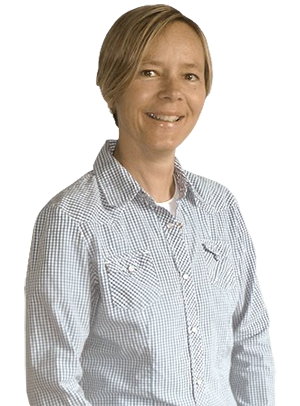
Kelly has presented a few types of stories to her class as part of a unit focusing on experiencing oral, print and other media texts from a variety of cultural traditions and genres.
One of her First Nations students mentioned that stories are told differently in his family. Kelly wants to learn more about the oral tradition from an Alberta First Nations, Métis and Inuit perspective so she meets with her jurisdiction’s First Nations, Métis and Inuit consultant.

The First Nations, Métis and Inuit consultant suggests that Kelly could invite some Aboriginal storytellers to her class. She explains that the term “stories” encompasses a living and complex spectrum of oral histories, traditional knowledge, cultural teachings and sacred legends. The consultant explains that significant family and community stories are passed down, and that the hereditary storytellers have acknowledged permission (similar to intellectual property rights) to share them. Therefore, it is proper protocol to provide a small gift to express appreciation and show respect when an Aboriginal storyteller shares a story. There are other protocols associated with certain stories that need to be respected: some can only be shared during specific seasons or with specific people during a ceremony. An individual knowledgeable about the storyteller’s culture and community can advise on the appropriate protocol.
The First Nations, Métis and Inuit consultant also shares the following digital versions of a Cree story in English and Cree and a Métis story in English and Michif. The storytellers have given permission for these stories to be used by teachers and shared with students.
How the People Hunted the Moose
Told in Cree
by Billy Joe Laboucan
Woodland Cree / Little Buffalo Indian Settlement
How the People Hunted the Moose
Told in English
by Billy Joe Laboucan
Woodland Cree / Little Buffalo Indian Settlement
The Whiskey Jack’s Coat
Told in English
by Ken Ealey
The Whiskey Jack’s Coat
Ken remembers taking away three different lessons from “The Whiskey Jack’s Coat” over the years his grandfather told it to him. Three lessons are listed briefly below.
Match the age Ken would have been when the story revealed each of these lessons to him.
I should not try to change others.
I should be kind to animals.
It is okay to be me; to be who I am.
The Lesson I Took from the Story
As a listener, you bring a "self" to interact with a story, and you take away meaning depending on your age, experience, background, interests, beliefs and outlook.
Use the space below to describe the lesson or meaning you took away from "The Whiskey Jack’s Coat."
The Whiskey Jack’s Coat
Told in Michif Cree and Michif French
by TJ Roy
Métis / Métis Nation of Alberta Region 4
Reflection Statement
Traditional cultural knowledge is transmitted through stories from one generation to the next. In the oral tradition, stories hold rich historical timelines of identity, roots and culture. Through metaphor and allusion, traditional stories also offer layers of meaning, providing guidance that varies according to the age and maturity of the listener. In some communities and for some stories, specific protocol and seasonal indicators must be followed before telling a story.
How could sharing cultural stories engage your students and impact your classroom environment?
Wilton Goodstriker explains the role of story in a Blackfoot child’s early education.
The speakers in these interviews share the importance of authentic transmission of stories and explain how stories affirm the inherent rights of First Nations, Métis and Inuit and the connection of ancestry to identity.
Select a video.
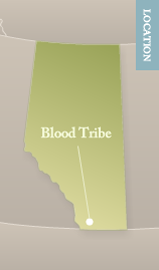
Wilton Goodstriker | Kainai | Blood Tribe
Elder Wilton Goodstriker, Kainai First Nation, explains that traditionally, a Blackfoot child’s education begins with songs and stories surrounding the mother before the child’s birth.
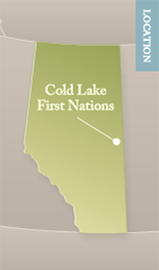
John Janvier | Dene Suliné | Cold Lake First Nations
John Janvier, Dene Suliné, talks about stories that indicate the Dene people originated on Turtle Island or the North American continent.
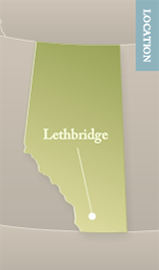
Paul Fortney | Métis | Métis Nation of Alberta Region 3
Paul Fortney recounts the history of his own Métis family.
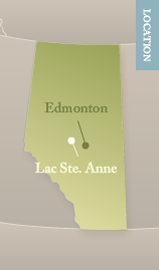
Marge Friedel | Métis Nation of Alberta Region 4 | Urban Elder
Métis Elder Marge Friedel believes the stories that make up the true history of the diverse Métis People need to be shared for the good of people and the good of Mother Earth.
While Marge Friedel passed in 2011, we are privileged and honoured to still have her words to share.
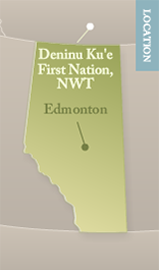
Dora Unka | Dene | Deninu Ku’e First Nation, NWT | Urban Elder
Dora Unka provides her understanding of the protocol requirements for sharing stories.
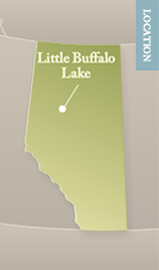
Billy Joe Laboucan | Woodland Cree | Little Buffalo Lake
Billy Joe Laboucan, Cree linguist and storyteller, explains geomythology or how origin stories connect people to the land.
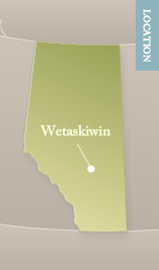
Sharing a Story
Judy Louis, First Nations, Métis and Inuit education consultant in Wetaskiwin Regional School, and teacher Wanda Fonteyne use the circle story technique to support Grade 3 students at Centennial School in Wetaskiwin in achieving success in reading and writing.
Select a resource type from the list.
Web Links
While some First Nations, Métis and Inuit experts have recommended these web links, they are not authorized by Alberta Education.
11 Things you should know about Aboriginal Oral Traditions
This blog contains 11 things you should know about Aboriginal oral traditions. Oral traditions include the passing of art, knowledge, ideas and culture with the intention of being understood, preserved and passed on from one generation to the next.
Storytelling: The Art of Knowledge
Storytelling is an integral part of being Indigenous. The following link shares stories from the Algonquin, Mi’kmaq, Inuvialuit, Abenaki, Metis-Cree and Nisga’a people. Pictures of artifacts with descriptions of their significance to the originating First Nation are also included.
Our Voices, Our Stories: First Nations, Métis and Inuit Stories. Library and Archives Canada
This website is a celebration of storytelling, presenting the contemporary voices of storytellers, artists, filmmakers, musicians and authors. Separate sections are dedicated to media and stories from First Nations, Métis and Inuit. Visit the Educational Resources section for lesson plans and the Further Research section for stories and additional links.
Métis Virtual Museum of Métis History and Culture
This website contains video, audio, print and visual files that honour Métis music, dance and storytelling. The section on Métis storytellers provides photographs, props, transcripts, videos and interview questions. Videos of Gilbert Pelletier include stories, an interview and games.
Documents
While some First Nations, Métis and Inuit experts have recommended these documents, they are not authorized by Alberta Education.
The Oral Tradition. Aboriginal Perspectives
An oral tradition is similar to a library that holds all of the knowledge essential for living a good life. This excerpt from Aboriginal Perspectives (Aboriginal Studies 10) introduces the oral tradition and the role of Elders in the transmission of cultural knowledge and experiences.
Creation Stories as Spiritual Foundation. Aboriginal Perspectives
Creation stories give answers to these questions: Who am I? Why am I here? Where do I go when I die? This excerpt from Aboriginal Perspectives (Aboriginal Studies 10) presents creation stories, their sense of purpose and order, and their connection to land and identity. Also included is the Métis origin story and a discussion of issues that arise from publishing oral stories.
Literature. Aboriginal Perspectives
Influenced by the oral tradition, contemporary First Nations, Métis and Inuit literature incorporates traditional themes and languages. This excerpt from Aboriginal Perspectives (Aboriginal Studies 10) discusses common themes in contemporary First Nations, Métis and Inuit literature literature, including reclaiming stories, maintaining identity, and establishing a renewed empowerment.
Oral and Written Literatures. Aboriginal Perspectives
In oral cultures, stories are the inheritance of a community, not an individual. This excerpt from Aboriginal Perspectives (Aboriginal Studies 10) discusses the difference between oral and written literatures and the issues that arise when oral stories are published in written form.
The Métis Oral Tradition. Peoples and Cultural Change
Métis Elder Maria Campbell translated Michif stories for her book Stories of the Road Allowance People. This excerpt from Peoples and Cultural Change (Aboriginal Studies 20) provides a sample of her use in “Dah Teef” of a special dialectal English.




